Like Someone In Love: A Review
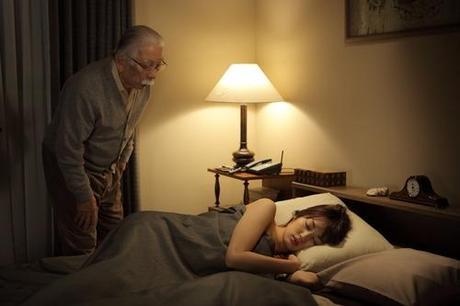
A lot of the reviews of Like Someone In Love, a new film by the Iranian director Abbas Kiarostami, speak of uncertain identities, as if the viewer is purposely being deceived. Kiarostami’s last film, the excellent Certified Copy (2010), followed a couple through the streets of Tuscany as they talked about life and art; the whole time, the viewer was left confused about whether or not the couple had known each other for many years, or if they had just met, and formed a very powerful connection. Like Someone In Love didn’t remind me much of the earlier film — the connections critics are making seem wishful, a way of trying to understand a movie that still, three days after I’ve seen it, eludes me.

What it reminds me of more is Ten, a film Kiarostami made in 2002, in which the camera is placed on the dashboard of an enlightened Iranian woman’s car as she drives around Tehran. During the course of the story, she has conversations one with ten different characters (hence the name), including her son, a prostitute, and a woman who, like her, has recently re-discovered her faith in Islam. Her story is never made explicit — the viewer is left to piece together an understanding of her place in society through the lens of her passengers questions, indictments, and own pleas for help.
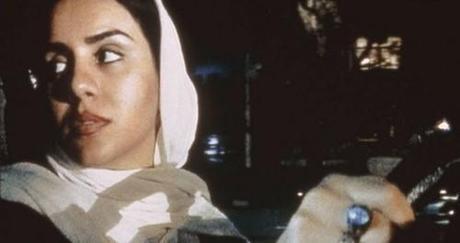
Throughout, she is constantly moving through the city. The dialog is punctured by the staccato of the turn signal, the sound of traffic on the freeway, the clicking of people opening and closing doors. When the car is in transit, there is a visceral sense that the narrative is moving forward — when it comes to a halt in traffic, say, or when the woman stops to give alms to a beggar on her way to the temple, the viewer is left frustrated, like they’ve metaphorically hit a wall. For me, the effect of the movement was powerful — I am somebody who finds relief from my own troubles in the act of propelling myself, however pointlessly, through space. Driving in my car nowhere, riding my bicycle over bridges, walking instead of waiting for the subway. Watching that very private method of coping with life expressed on film moved me deeply — it reminded me very much of Joan Didion.
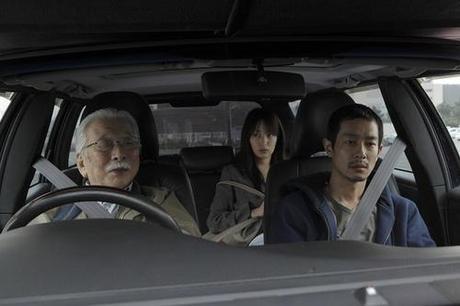
Like Someone In Love is also full of movement forward in a car, although the narrative also expands into private spaces, and even, briefly, into public ones.

The story opens with the shot of a crowded bar in Tokyo. Off camera, a woman pleads with her jealous boyfriend to stop worrying about where she is — at first, the viewer thinks that he is being possessive and crazy. Very quickly, however, they realize that the girl is in fact lying — she is a high class prostitute waiting for her pimp, the owner of the bar, to send her out to a client. She is also a sociology student at the local university, and, it is quickly revealed, a small town girl whose family is very worried about her. Her look is exceedingly innocent and clean — the actress who plays her, Rin Takanashi, is incredibly beautiful.
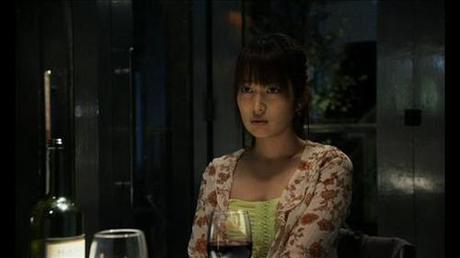
She tries to beg off her pimp for the night by explaining that her grandmother is in town — her protests are for nigh. He sends her off in the back of a cab for an hour-long ride to the client — the first of many car rides that occur throughout the film — telling her that it will do her very little good to see her grandmother for only a short time.
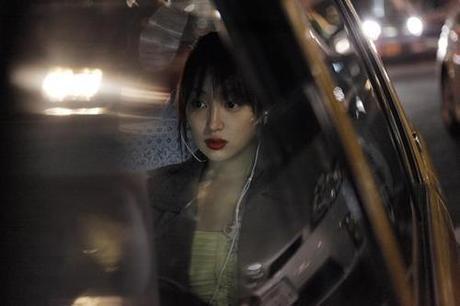
One of the brilliant touches of the film is the way that Kiarostami is able to highlight the gap in understanding between his Eastern characters, and his no doubt mostly Western audience. We (or rather I) bring prejudices about what it must mean to be a high-end prostitute — the girl either must be without family, or empowered by the money and power that her job bestows on her. But as soon as the car takes off, she begins listening to the voice messages her grandmother has been leaving her all day. It turns out that the girl very much has a family, one who is concerned enough that her elderly grandmother has taken the train from their tiny village to come find her — she apparently has disconnected her old phone number, and hasn’t contacted them in two years. The grandmother, in plaintive tones, tells her that she will wait in the same place all day, just in case she gets the messages. The last of five messages says that her train home is leaving in an hour, but that she will wait for her granddaughter until the very last minute by a statue in a roundabout outside of the station.
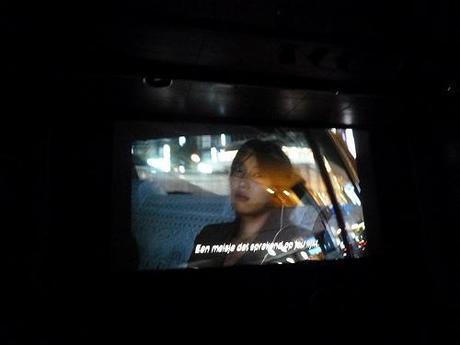
The prostitute — it feels unfair calling her this, as the word is so dirty, and the character is not —after hearing this, asks the cab driver to circle around the square. The camera follows the prostitute’s view out the window, revealing the tiny old grandmother in the distance, a bag at her feet, struggling to stand erect as the crowd bustling around the station eddies around her. The cab circles twice; the prostitute doesn’t get out, but instead, watches her grandmother and sobs. It is the first of many excruciatingly painful moments in the film.

A second surprise is revealed when, instead of heading an hour outside of the city to find a wealthy man at some sort of sick party, a la “Eyes Wide Shut,” the escort’s John turns out to be a meticulous 81-year-old professor living in a tiny apartment surrounded by an overflow of books and mementos from his long life. Pictures of his wife and child; a print of a famous Japanese painting in which a woman teaches a parrot how to speak.
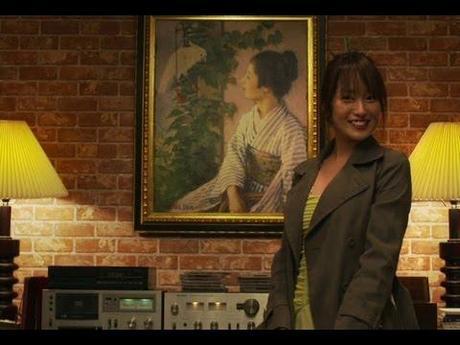
He looks so kind and sweet he might as well be a caricature — he is also a highly respected, almost famous teacher.

He has cooked the girl dinner, a meal indigenous to the region where she was born — whether he intends to have sex with her or not remains ambiguous. But she, exhausted from working at night and attending school during the day, takes off all of her clothes, and falls asleep in his bed, no doubt in the spot where his wife used to sleep. He tiptoes around, cleaning up the romantic dinner he has made them — the last thing he does is turn off the Ella Fitzgerald record that has been playing in the background. The track is called “Like Someone In Love,” which of course is the name of the film.

The next morning, he wakes up, and drives her back to the city; as she nods off in the front seat, he smiles to himself, not so much in a lecherous way, but rather as a grandfather would smile knowing that his granddaughter is still next to him after a pleasant visit.
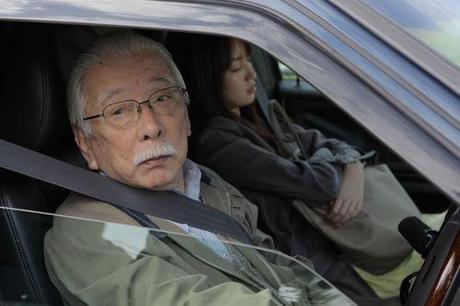
When they arrive in Tokyo, at the university where the escort must take an exam, they are greeted by the jealous boyfriend, who shoves her around for turning off her cell phone. He clearly doesn’t know that she is a prostitute — he suspects something, but insists on not believing it.
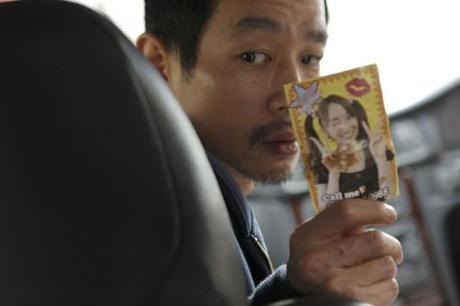
What happens next is a sort of identity confusion, but is the boyfriend who is told a ruse, not the audience. The professor pretends to be the escort’s grandfather — as he becomes increasingly frustrate with her unwillingness to tell him where she goes on the nights he does not see her. After a long, tense ride, the professor leaves the girl at the university bookstore.

As soon as the professor returns to his apartment, however, he receives a phone call from her — her boyfriend has beaten her up, and she needs to be saved. Like a valiant knight — or a concerned family member — he runs off to save her. The forgotten grandmother, left behind at the train station, channels her concern through him.
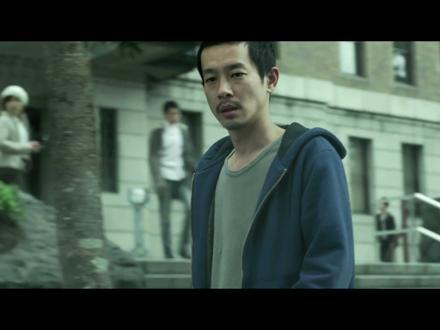
There are layers and layers of stories underneath all of this. The film, first of all, reveals the sort of heartbreak of a lonely life. The professor lives alone — the girl, thanks to her chosen profession, is alone. Her boyfriend, a violent mechanic, constantly talks about being left alone, in the dark, without her. Even the professor’s next door neighbor, a busybody who watches everything that happens out on the street, is almost violently alone — in one of the most shocking moments of the film, she tells her story. She had wanted to marry the professor so that she could take care of her husband and her mentally disabled brother at the same time — as she finishes her sad tale, her brother starts screaming like a monster from beyond the frame, demanding her total attention. Your hatred of her character, a whiny gossip, is transformed into incredible sympathy.
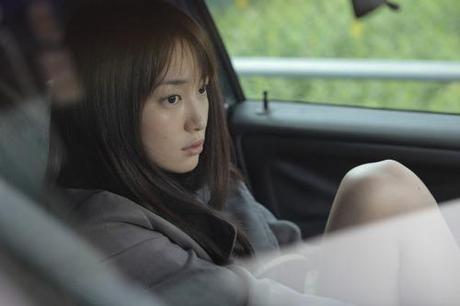
It is a tale not about love, but about the absence of love. The title of the film almost takes on the role of a riddle. No one is over the moon with happiness; rather, they are all sort of desperately lost, unmoored, brought together only for brief moments of relief before being plunged again into the unknown of what, if anything, will come of their meetings. Perhaps that is how Kiarostami imagines being “in love” feels.
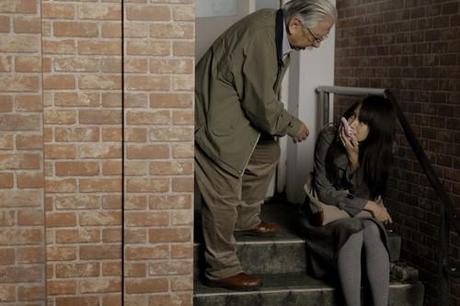
All the while, Tokyo passes by — not the magical, strange Tokyo transmitted by movies like Lost in Translation, but the post-war Tokyo, broken by massive modern entrance ramps and character-less concrete masses. Even the successful professor’s apartment windows crowns the entrance to a soulless freeway. It was the Tokyo I encountered when I lived there for a month, but without the sheen of otherness; Kiarostami, somehow, is able to turn the place into something prosaic. There is no beauty; there is only ordinary life lived mostly in private spaces that stream seamlessly between lonely homes and lonely freeways.
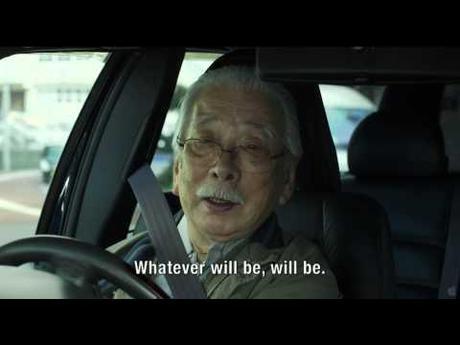
The ending of the film is shocking, not so much because anything is revealed. Rather, the violence that has been building up all along — in the tension between the characters; in their coiled, exhausted bodies, in the constant staccato movement of the stopping and starting car — is finally released. It is a beautiful, terrifying film, one that is, in the world of perfectly crafted, overly polished, soulless three act Hollywood stories, a truly meandering, meditative work of art. I highly recommend seeing it.
